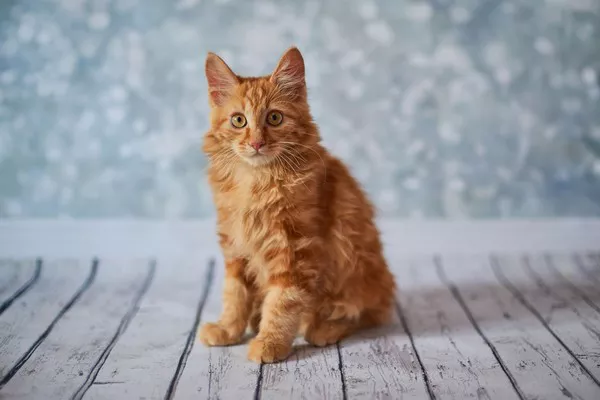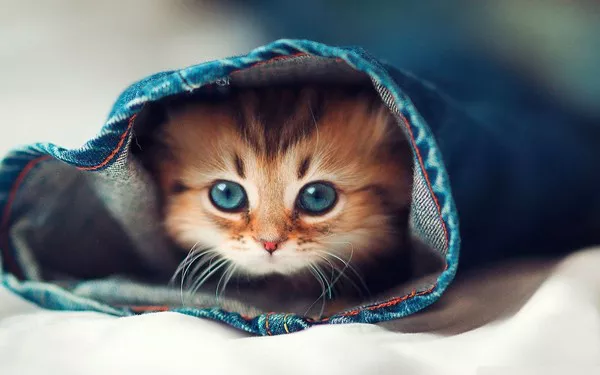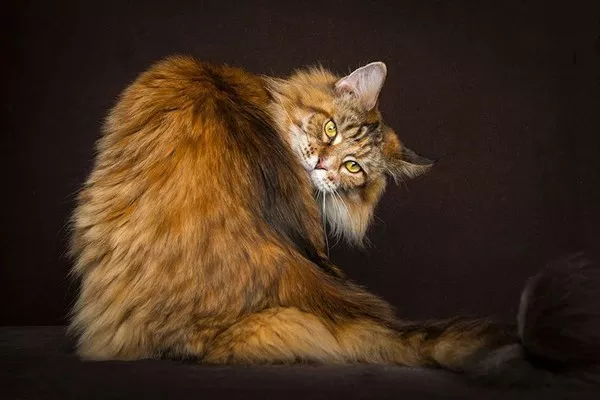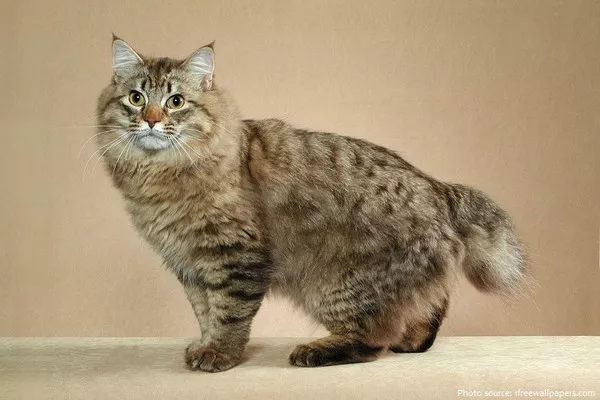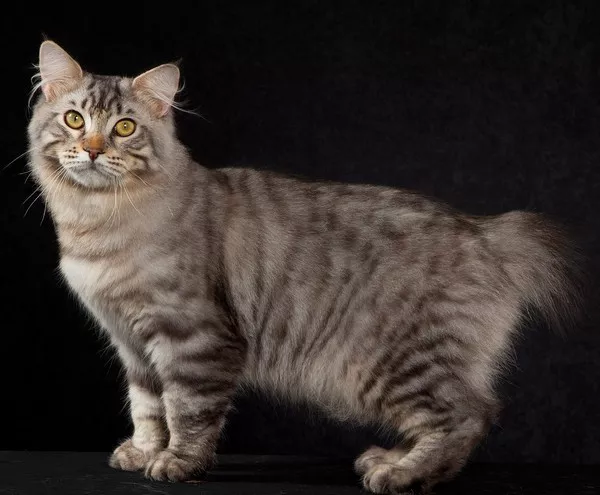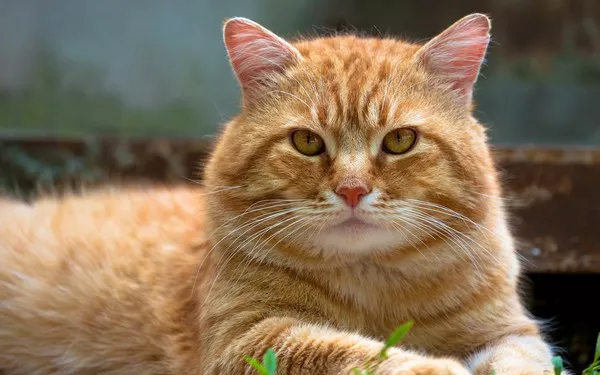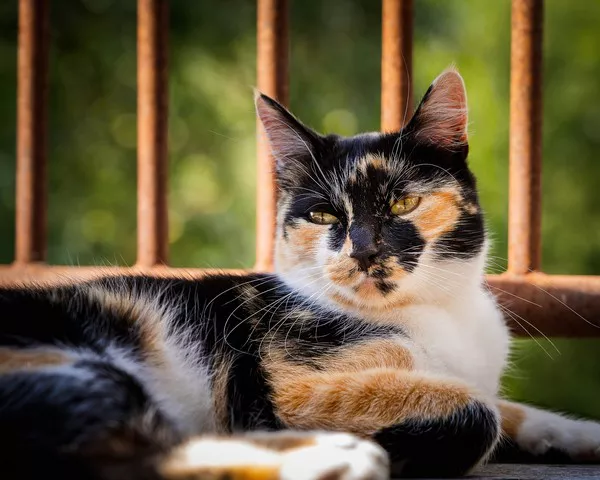Bobtail cats are a unique breed of felines that have shorter-than-average tails. Their tails may be naturally bobbed or docked, and the length can vary from just a few inches to almost half the length of a normal cat‘s tail. While there are various types of bobtail cats, two noteworthy breeds are the Japanese Bobtail and the American Bobtail. Despite their similar names and shared physical traits, these two breeds have distinct differences that set them apart.
Origins
The Japanese Bobtail is an ancient breed that hails from Japan, where it has been revered for centuries. In Japanese folklore, the bobtail cat was seen as a symbol of good luck and prosperity, and they were often depicted in art and literature. On the other hand, the American Bobtail is a relatively new breed that was first discovered in the 1960s in Arizona, USA. It is believed that the breed was created by crossing domestic shorthair cats with wild bobcats, which resulted in a bobtail cat with a wild appearance.
Size and Appearance
Both the Japanese Bobtail and the American Bobtail are medium-sized cats with sturdy frames and muscular builds. However, the American Bobtail tends to be larger and heavier than the Japanese Bobtail. The average weight for an American Bobtail is between 7-16 pounds, while the Japanese Bobtail usually weighs between 5-10 pounds. Additionally, the American Bobtail has a more substantial head and a wider muzzle than the Japanese Bobtail.
Coat and Color
The coat of both the Japanese Bobtail and the American Bobtail is short and thick, which allows them to withstand harsh weather conditions. However, the American Bobtail has a slightly longer coat than the Japanese Bobtail. The coat colors for both breeds can vary widely and include solid colors, bi-color, tri-color, and tabby patterns. The Japanese Bobtail is known for its distinct “mi-ke” pattern, which is a combination of white with black and orange spots. On the other hand, the American Bobtail can have wild-looking patterns that resemble those of their bobcat ancestors.
Tail
As the name suggests, the most notable feature of bobtail cats is their tail. While both the Japanese Bobtail and the American Bobtail have short tails, there are differences in the length and appearance of their tails. The Japanese Bobtail’s tail is usually around 4-6 inches long and has a distinctive curve or kink near the end. This unique shape is referred to as a “pom-pom” tail and is a hallmark of the breed. In contrast, the American Bobtail’s tail is slightly longer, ranging from 2-4 inches, and has a more natural-looking curve.
Personality
When it comes to personality, both the Japanese Bobtail and the American Bobtail are friendly, affectionate, and playful cats. They love attention and enjoy spending time with their owners. However, the Japanese Bobtail is known for being more vocal and expressive than the American Bobtail. They are also said to be more intelligent and curious, always exploring their surroundings. The American Bobtail, on the other hand, tends to be more laid-back and easy-going, making them an excellent choice for families with children and other pets.
Health
Both the Japanese Bobtail and the American Bobtail are generally healthy breeds with a lifespan of around 12-15 years. However, like all cats, they can be prone to certain health conditions. For example, some Japanese Bobtails may develop urinary tract issues due to their unique anatomy, while American Bobtails may be prone to hip dysplasia. It is essential to take your cat for regular check-ups with a veterinarian to ensure they stay healthy and happy.
Conclusion
In conclusion, while the Japanese Bobtail and the American Bobtail share some similarities, they are two distinct breeds of bobtail cats. The Japanese Bobtail has a shorter, kinked tail with a “pom-pom” appearance, while the American Bobtail’s tail is longer and has a more natural curve. Additionally, the American Bobtail tends to be larger and heavier with a wider muzzle, while the Japanese Bobtail is known for its vocal and curious nature. Regardless of which breed you choose, these affectionate and playful cats make excellent pets for families and individuals alike.

